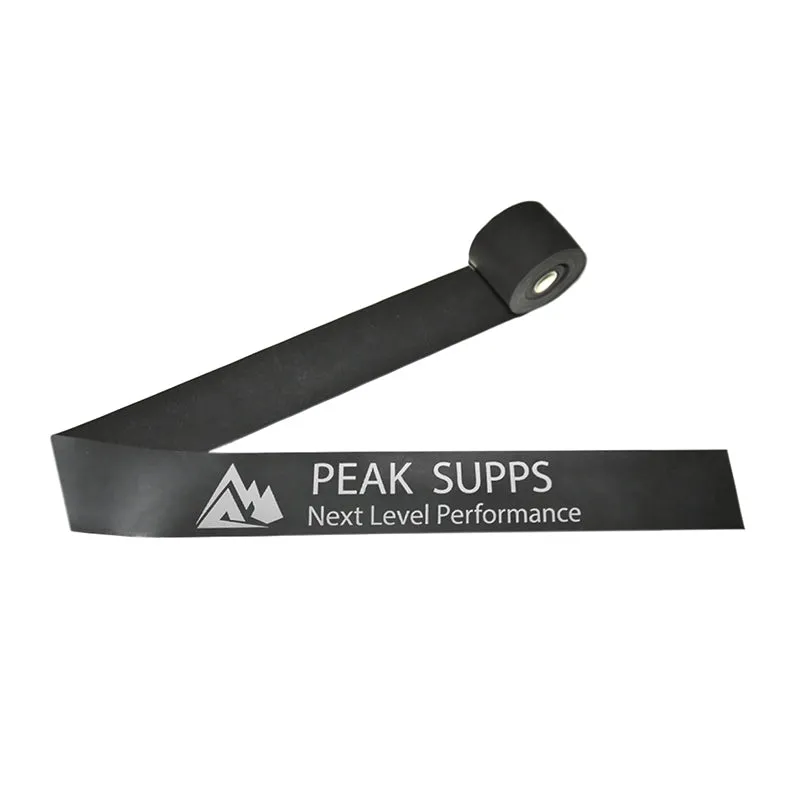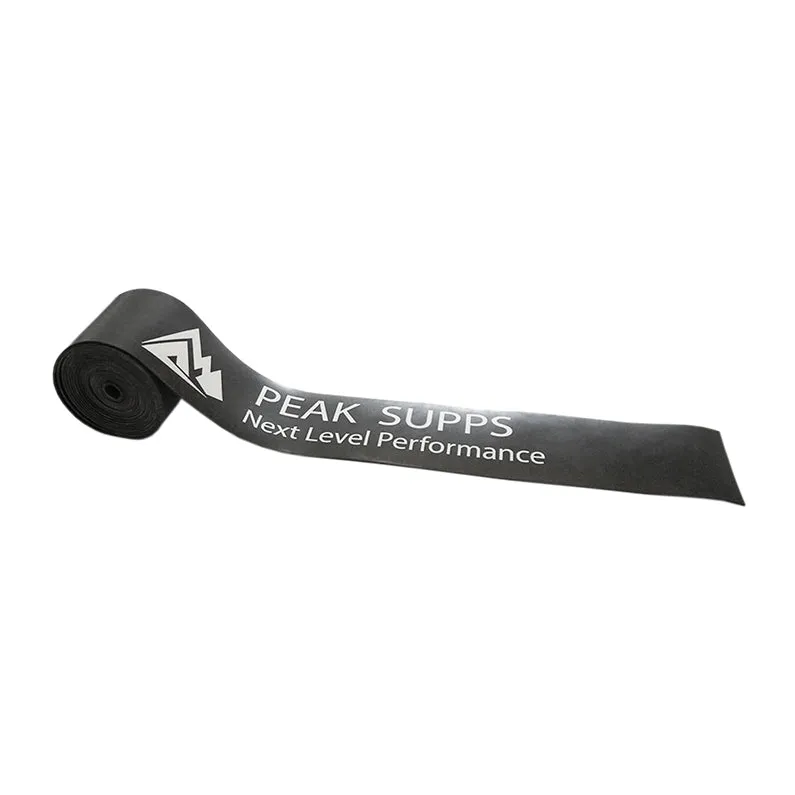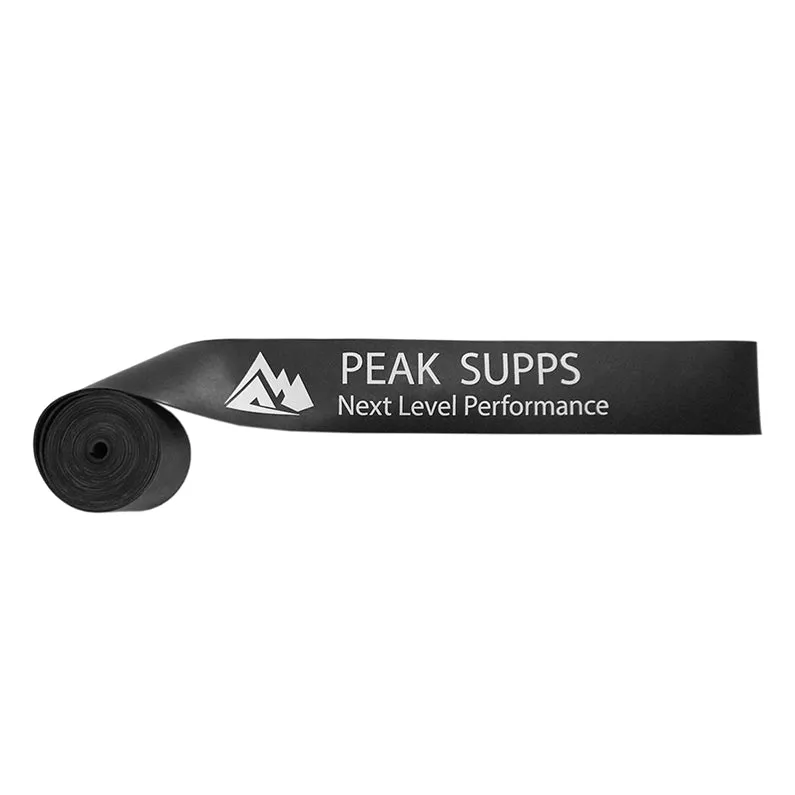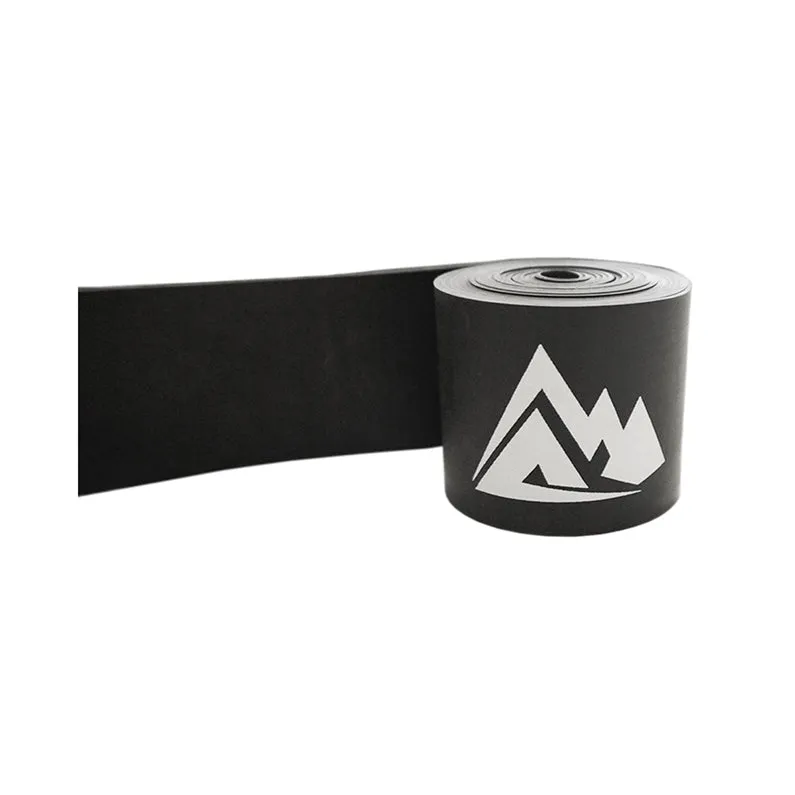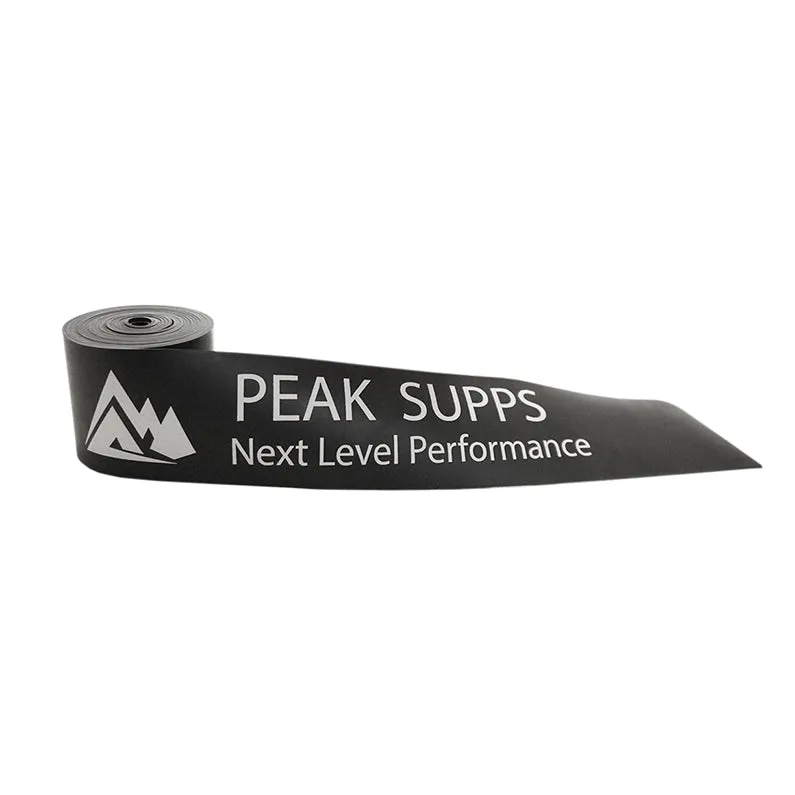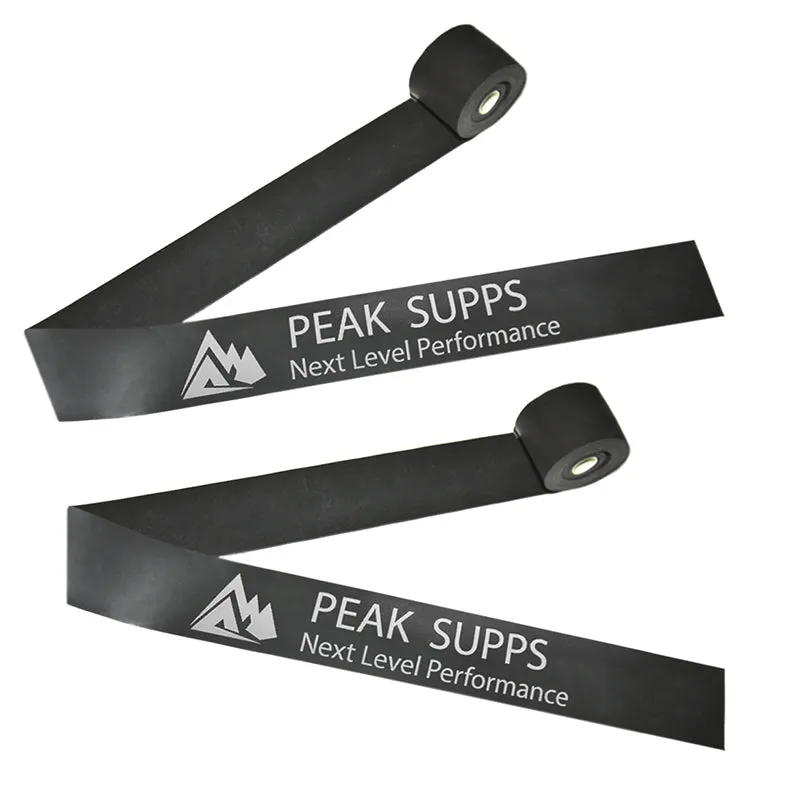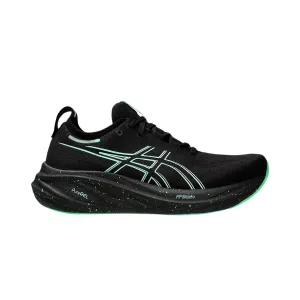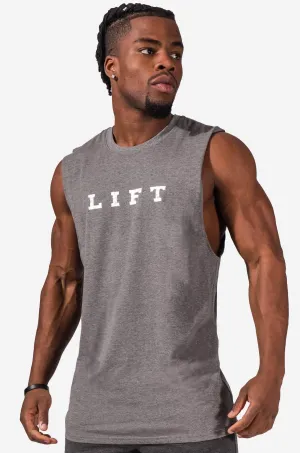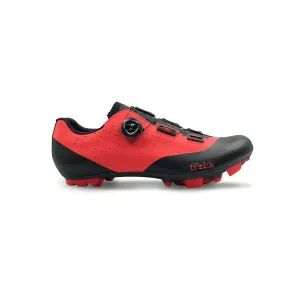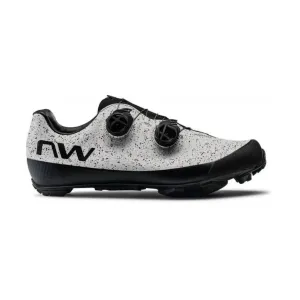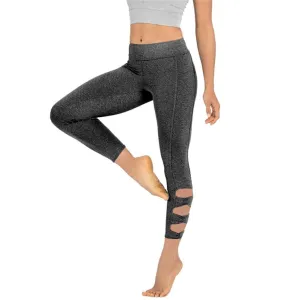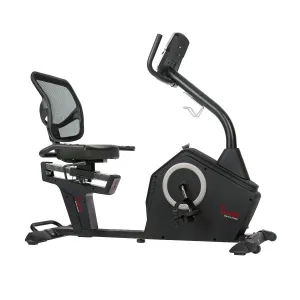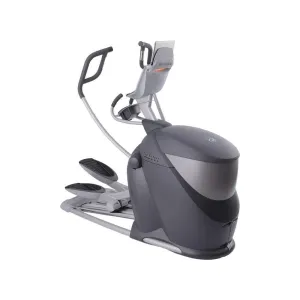Occlusion Band | Blood Flow Restriction Wrap
These bands have multiple uses. For example they can be used for Blood flow restriction training and as compression band to compress swelling or myofascial release (MFR).
Blood Flow Restriction / Occlusion Training
Before proceeding further, please keep in mind that BFR training is very difficult even though the loads are very light. As always, before starting any kind of new training protocol, you should talk with a medical professional. BFR can be performed for the thighs, calves, upper arms, and forearms using our Occlusion /BFR wraps. To occlude the thighs and upper arms, wrap at approximately 60-70% of maximum tightness around the uppermost part of the muscles. To occlude the calves or forearms wrap at approximately 60-70% of maximum tightness just below the knee or elbow.
Perform 3-5 sets to muscular failure with 20-40% of your 1 rep max on a given exercise with the muscle occluded the entire time. The weight or resistance should be very light. Rest periods should be 30-60 seconds between sets. After the final set remove the wraps and restore blood flow to the muscle. Occlusion /BFR training can be an uncomfortable process. There is lots of research behind blood flow restriction training / occlusion training. Research has shown that it can be beneficial to hypertrophy (muscle mass).
Metabolic by-product accumulation is primary mechanism by which occlusion training produces hypertrophy. These metabolic by-products would normally be ‘washed out’ by normal blood flow, but occlusion allows them to accumulate near the muscle. Lactate accumulation in particular seems to have an effect, presumably by increasing growth hormone (GH) concentrations.
BFR / Occlusion training can increase muscle protein synthesis, mTOR signalling, and the expression of NOS-1 which has been shown to increase muscle growth through increased satellite cell activation. Perhaps even more impressive, BFR training has been demonstrated to reduce myostatin concentrations. Myostatin is a big time inhibitor of muscle growth and is thought to limit the muscle potential of muscle gain. Perhaps occlusion training may be able to increase the overall potential of muscle gain through slow to fast fiber shifts and reductions in myostatin.
*Please ensure the bands can be taken off easily. We recommend starting off with light weight/resistance and also a light wrap tightness to start with.
*It can be useful tool for those suffering from injury or on deloading weeks of training.
*It can also be used as a supplement to your heavy training.
Muscle Compression Band Uses
Compression bands are essential for any gym kit. The Compression bands unique ability to compress swelling, work on stiff/sore joints, injury prone areas and encourage blood flow after use.
We did trials with 0.9mm, 1.1mm and 1.3mm thick bands and found that the 1.3mm thickness was best suited for both muscle and joint flossing / injury rehabilitation. As it was able to provide good compression and still maintain good manoeuvrability of the joint or muscle when applied.
The compression band can be used on most areas. For example Ankle, Knee, Upper thigh, Elbow, Wrist and Shoulders. They have become extremely popular throughout the crossfit community.
*Apply for short periods only. Ensure that the latex bands can be removed easily yourself. Remove immediately if you experience any pain or discomfort*
***Safety Warning - Do not apply to neck or head area as bands will restrict blood flow***

 Cart(
Cart(